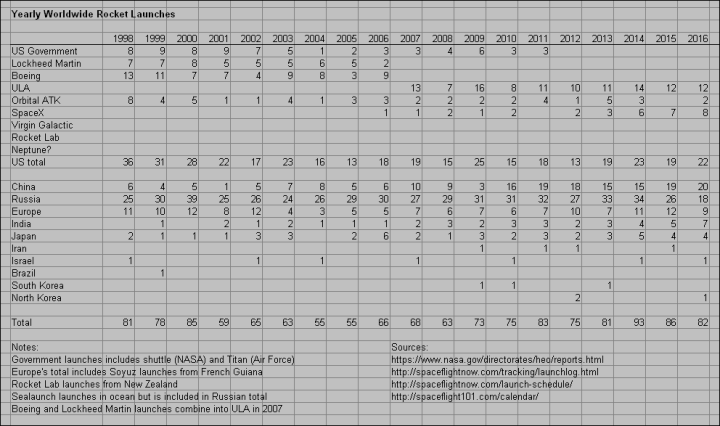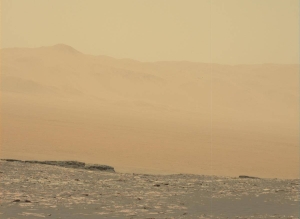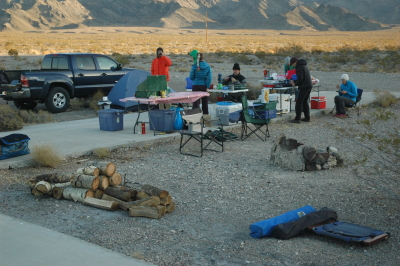Trump to the Moon!
Two stories in the past two days strongly suggest that the Trump administration is planning a two-pronged space policy approach, with the long-term goal of shifting most of space to private operations.
- Trump advisers’ space plan: To moon, Mars and beyond
- Trump’s Advisers Want to Return Humans to the Moon in Three Years
From the first link:
The more ambitious administration vision could include new moon landings that “see private American astronauts, on private space ships, circling the Moon by 2020; and private lunar landers staking out de facto ‘property rights’ for American on the Moon, by 2020 as well,” according to a summary of an “agency action plan” that the transition drew up for NASA late last month. Such missions would be selected through an “internal competition” between what the summary calls Old Space, or NASA’s traditional contractors, and New Space characterized by SpaceX and Blue Origin. But the summary also suggests a strong predilection toward New Space. “We have to be seen giving ‘Old Space’ a fair and balanced shot at proving they are better and cheaper than commercial,” it says.
Another thrust of the new space effort would be to privatize low-Earth orbit, where most satellites and the International Space Station operate — or a “seamless low-risk transition from government-owned and operated stations to privately-owned and operated stations.” “This may be the biggest and most public privatization effort America has ever conducted,” it says.
Essentially, they are going to do exactly what I suggested back in late December, give SLS/Orion a short-term realistic goal of going to the Moon. This is what it was originally designed for, and it is the only technology presently available that has even the slightest chance of meeting the three year deadline outlined above. More important, this will give Congress something in the negotiations, as SLS/Orion has been Congress’s baby — pushed and funded by Congress over the objections of the previous administration and without a clear mission to go anywhere — in order to keep the money stream flowing to the big “Old Space” companies like Boeing and Lockheed Martin. Obama tried to simply cancel its predecessor, Constellation, and that did not sit well with Congress. Trump however understands negotiation and how to play the game. In order to eventually eliminate SLS Trump is going to provide Congress some short term excitement and some viable long term alternatives.
The long term alternatives will be private enterprise. Even as they send SLS/Orion on its grand finale to the Moon, the Trump administration will accelerate the restructuring of NASA to make the agency less of a design and construction operation and more a mere customer of private space. All non-military Earth orbital operations will be shifted to the private sector over time, so that once SLS/Orion has achieved that goal of completing a lunar mission there will be a strong enough private space sector to replace it, allowing Congress to let it go the way of Apollo and the space shuttle.




















